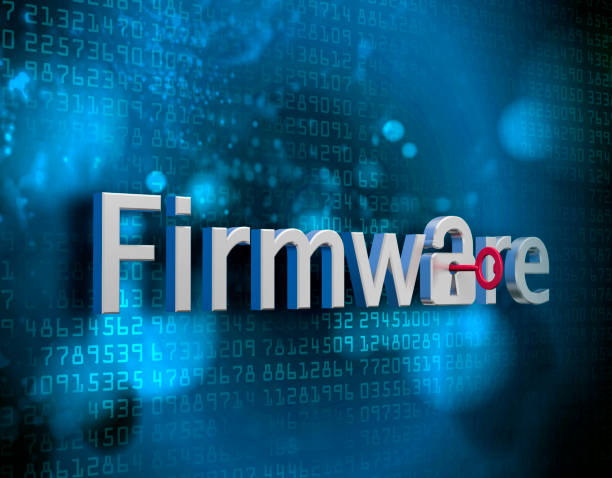
Direct Memory Access (DMA) cards have become an indispensable tool in various domains, ranging from system diagnostics and forensics to the more controversial area of online gaming cheats. This blog post will delve into the intricacies of DMA cards, the necessity of custom firmware, and the precautions one must take to ensure safety and undetectability.
What is DMA?
Direct Memory Access (DMA) allows peripherals to access the system memory independently of the CPU. A DMA card installed in a target machine can read and write memory directly, facilitated through a PCIe interface. This interaction is managed via a USB connection to a secondary computer, which can then run custom software to interact with the target machine’s memory. This capability makes DMA cards valuable for:
- Modifying the memory of target software
- Conducting computer diagnostics
- Performing digital forensics
- Accessing target filesystems stealthily
Risks and Safety Considerations
While DMA technology itself poses minimal risk since it only interacts with memory as instructed, the installation of a DMA card can lead to detection by sophisticated anti-cheat software, particularly in the gaming industry. This detection risk is where custom firmware becomes crucial.
Why is Custom Firmware Necessary?
Custom firmware plays a pivotal role in masking the presence of a DMA card. By disguising the DMA card as a generic PCIe device (e.g., sound card or Ethernet card), custom firmware can evade detection by anti-cheat programs. This camouflage is essential for gamers who use DMA cards to gain an edge in competitive online gaming.
Without custom firmware, a DMA card, even when inactive, can trigger alerts in anti-cheat software, potentially leading to bans. Therefore, for gamers, it’s advisable to either:
- Remove the DMA card before engaging in gaming sessions.
- Use custom firmware to conceal the card’s true nature.
Installing and Managing DMA Cards
Seeing a DMA device in your device manager is normal and doesn’t necessarily indicate a problem with your firmware. Many devices, including network cards, audio controllers, and video cards, utilize DMA technology. However, if concerns arise, consulting support through Discord channels or opening a ticket with the provider is recommended.
Choosing the Right DMA Card and Firmware
The performance of DMA cards can vary. For instance, a card with a 75T chip is inherently faster than one with a 35T chip, though the actual performance gain may be negligible due to USB connection limitations. Cards with advanced connection types like Thunderbolt may offer better performance, but software optimization often levels the playing field.
Several DMA card models are popular in the market, including:
- LamdaConcept Screamer/Squirrel
- Enigma X-1
- MVP DMA
- AceDMA
- LeetDMA
- DMANinja
- CaptainDMA
- RaptorDMA
- HackDMA
- ZDMA
- Lurker
Ensuring the legitimacy of the firmware and resellers is critical. It’s advisable to verify resellers through official Discord channels or support tickets, as software licenses are non-transferable post-purchase.
The Role of Libraries in DMA Cheats
DMA cheats rely heavily on libraries like LeechCore, MemProcFS, and DMA libraries. These libraries are foundational to the DMA cheat ecosystem. For example, the LeechCore library offers a command, LC_CMD_FPGA_PCIECFGSPACE, that allows an FPGA DMA card to return its entire Configuration Space. This function, while useful, can pose security risks. A cheat developer could potentially create custom firmware by dumping your Configuration Space, which could then be used and detected, risking your own account and hardware.
Protecting Yourself from Detection
To safeguard against such risks, it is essential to:
- Use cheats that allow you to use your own
LeechCore.dll. - Compile a secure
LeechCore.dllthat blocks potentially dangerous commands.
Custom Firmware Costs and Acquisition
Investing in DMA hardware typically costs between $300 and $700 USD. Custom firmware, crucial for undetectability, ranges from $100 to $300 USD. For those new to the DMA scene, seeking reputable providers and being wary of scams is crucial.
Community Insights
The community plays a significant role in navigating the DMA landscape. For instance, Warzone’s Ricochet anti-cheat currently lacks DMA cheat detection, making almost any firmware suitable. However, for other games with more robust anti-cheat mechanisms, investing in specific firmware, such as BE/EAC 1:1 firmware from providers like Cyberammo, might be necessary.
Conclusion
DMA cards, coupled with custom firmware, offer powerful capabilities for memory manipulation, diagnostics, and more. However, navigating the complexities of detection, securing reliable firmware, and understanding the underlying technology are crucial for effective and safe usage. Engaging with the community and staying informed about the latest developments can help mitigate risks and maximize the benefits of DMA technology.
